12 Tips On How To Stop Puppy Crying In Crate
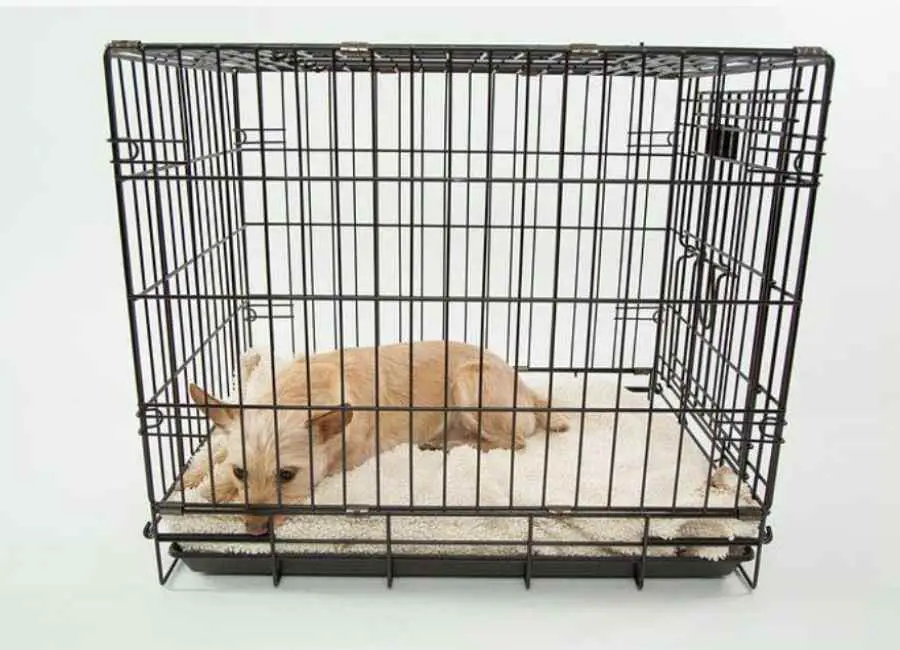
How to stop puppy crying in crates can become a serious issue for dog owners who have no clue of what to do.
The techniques in this post will calm your dog and promote restful sleep throughout the day or night.
Most puppies have never been in a crate before, so they may whimper or whine since they are not used to the confinement.
Due to their gregarious nature, puppies only want to be with their pack or littermates.
This implies that when these pups feel lonely when crated, they will weep or whine in an effort to attract your attention.
Let’s find out ways to control puppies that are crying in crates…
How To Stop Puppy Crying In Crate
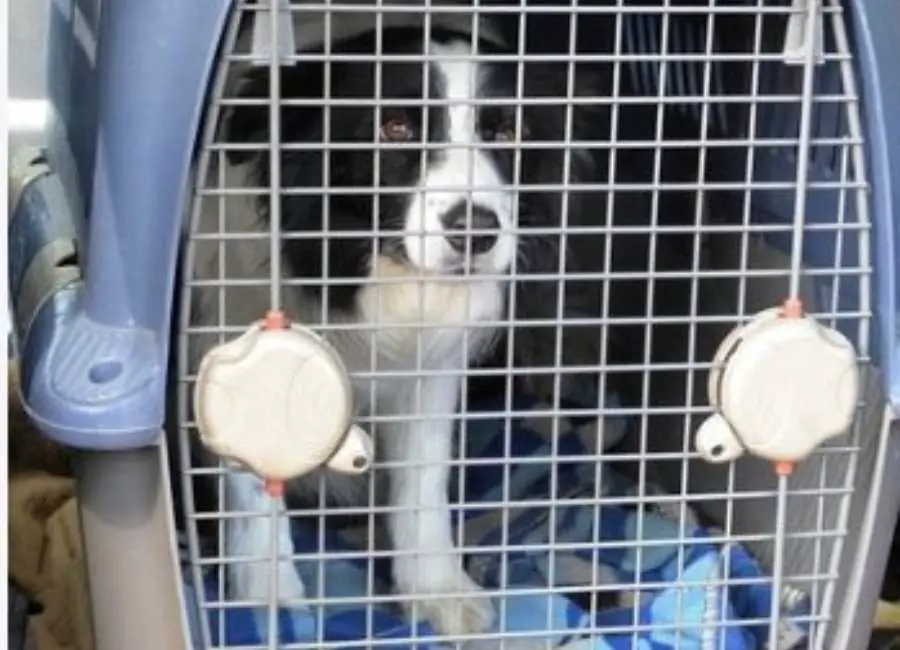
Choosing the correct dog crate is the first step in crate training your puppy and learning how to stop your puppy from crying in their cage.
Having that in mind…
Here are some common ways to help your puppy to stop crying in a crate:
1. Provide the right crate size
Providing the right type of crate is important to help your dog feel more comfortable and relaxed.
The size of crate you get should depend on the type of dog breed, current size, and growth rate.
You can find out about these things by making research about the breed or asking questions to previous owners of the breed.
Your puppy needs space to stand up, turn around comfortably, and play with their toys despite the fact that they may be little.
Getting the right crate will save you a lot of stress and will also help in stopping your puppy from crying in a crate.
2. Tire out your puppy before crating him
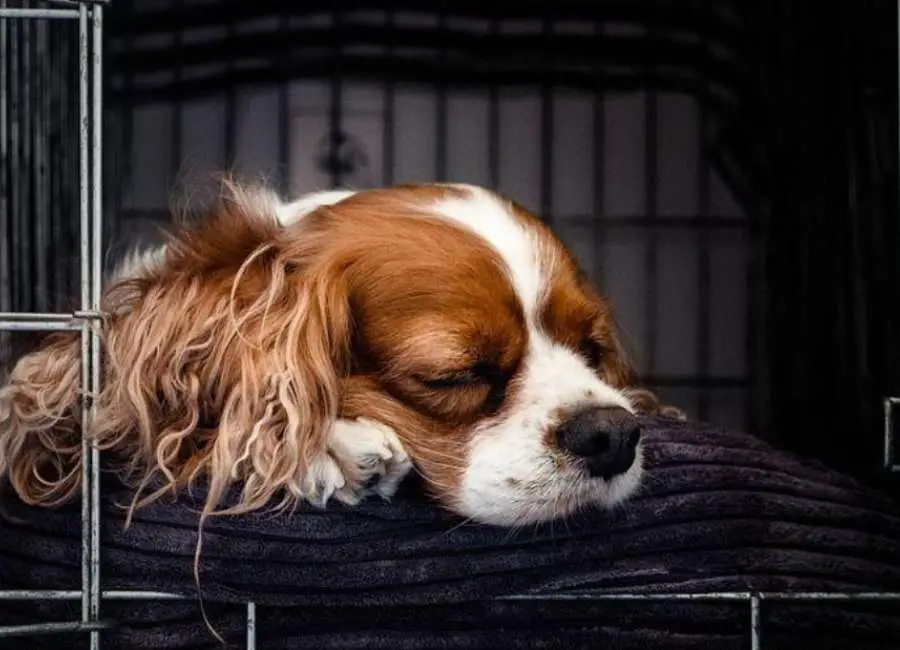
More playing is one of the best ways to persuade your dog to quit whining in their crate since a weary puppy is most likely a sleepy puppy.
The more energy your puppy expands before being crated, the more probable it is that they will go asleep instantly.
Give them a toy that can be loaded with goodies when it’s time to put them in the crate so that even when they’re settling down, they still have something to occupy themselves with until they nod off.
Most puppies adore the rubber Kong puppy toy since it works excellent for spreading peanut butter or dog paste on, and it also works well as a teething toy.
3. Let your puppy go potty before crating them
One of the major reasons why your puppy might be crying in a crate is trying to relieve themselves or potty as some may call it.
Allowing your dog to use the restroom before you crate them will prevent them from whining for attention to go potty.
You should plan for bathroom breaks since puppies can’t “hold it” for nearly as long as adult dogs can and because crying is frequently a clue that they need to use the restroom.
There is no such thing as too many breaks while you’re learning how to potty train a puppy.
So feel free to take them outdoors more regularly until you get a feeling of how frequently they must relieve themselves.
The bottom line is to make sure you allow your puppy to potty before crating them to avoid unnecessary whining due to potty break.
4. Crate your puppy many times daily
Your dog will become accustomed to spending time alone in its crate by being crated on a regular basis.
Your puppy will begin to associate the crate with a typical location to stay as you keep crating him during the day.
So in this case, practice makes them perfect.
5. Place the puppy crate closer
It’s crucial that you don’t place your puppy’s crate too far from where you and your family spend most of your time together.
As a result, stay away from the garage, the basement, and any other rooms that have a chilly atmosphere because doing so might make your dog feel particularly lonely.
Instead, pick a location where you often spend a lot of time, such as your living space, since this will make your dog feel safer.
To keep your puppy in the same room as you while you sleep, you might even want to buy two cages and place one near the foot of your bed.
6. Ignore unnecessary crying
One of the major reasons for your puppy crying in a crate is that you rush or pay attention to unnecessary whining.
Nothing is more upsetting than having to watch your dog scream helplessly while you are in another room.
Being a pet parent makes it exceedingly difficult to resist the urge to comfort your anxious dog.
However, it’s crucial that you fight the impulse to do so since doing so would only make the situation worse in the long term.
If you keep rushing to attend to your puppy when they cry unnecessarily, then you are indirectly reinforcing the behavior.
7. Make the crate relaxing and attractive
Making the crate as comfy as you can is one of the greatest methods to help your puppy grow used to it and even come to appreciate it.
In order for your puppy to feel safe and comfortable, you want it to feel warm, cuddly, and welcoming.
Purchase one of the best dog beds and fill it with a comfy blanket to start.
After selecting a bed, think about placing a few puppy toys inside so your dog has something to play with.
Chew toys may be particularly helpful in soothing their painful gums.
Plush toys are also a terrific option because they are perfect for cuddling with.
Make certain that your puppy views their box as a fun and cozy place to hang out.
8. Play calming music close to their crate
Playing calming music close to your puppy’s crate is a way of helping them to relax.
There is a lot of calming music you can get for your dog to help keep them calm.
This calming music helps them feel some background noise that helps them relax.
9. Try to feed them in the crate
You can put your puppy’s food in the crate and also water for about 2 to t minutes.
Then allow your puppy to eat in his crate after which remove both the water and plate for food.
By doing this you are just assuring your puppy that the crate is also a part of your house and that it is safe to stay in a crate.
Keep in mind that feeding your puppy in a crate is just temporary until he gets used to the crate.
10. Don’t let your puppy sleep close to your bed
This applies to the period you are teaching them to get comfortable staying in a crate and not after they stopped crying in a crate.
When your puppy is crying, and you keep bringing them close to your bed, you are reinforcing bad behavior.
You are indirectly telling your puppy that they must be close to you and your bed before they can sleep or stay in a crate.
This will backfire in the long run, so it is best you don’t sleep around your puppy because they are crying in a crate.
11. Let them keep quiet before letting them out
It’s not always easy to see your pup cry and not be able to help them out.
But in this case, you have to stand by and watch your puppy keep calm before bringing him out
Bringing your puppy out once he’s crying is a reinforcement of bad behavior because it means they should cry when they want to come out of the crate.
Allow your puppy to be quiet before you bring them out, this will make them think that’s cool not to cry in a crate.
12. Don’t give your puppy a treat to keep calm
Giving your puppy treats or reward when they are crying just for them to keep calm will backfire.
You are rewarding and reinforcing bad behavior when you throw a treat just for your puppy to keep calm.
For your puppy crying and barking equals cookies time which is exactly what you are trying to avoid.
Never reward your puppy to keep quiet when he’s crying in a crate rather wait it out.
Read more: 17 Possible Reasons For Your Dog Acting Weird & Tips.
Why do puppies cry in a crate?
Here are some common reasons why puppies cry in a crate:
- They feel isolated
- Loneliness
- Boredom
- They are not used to the crate
- They need to go potty
- Hunger
- They feel thirst
- They are feeling uncomfortable in the crate
- You keep rewarding them for crying.
Read more: How to Socialize a Puppy (8 Smart Tips To Use).
Finally…
Once you have taken your puppy to the potty area, given him food, and you are sure the crate is comfortable for them.
We strongly advise you to wait it out, don’t panic, and throw treats at your puppy just to get him to keep calm.
With the information provided on this page, I strongly hope your concerns about How To Stop Puppy Crying In Crate were resolved.

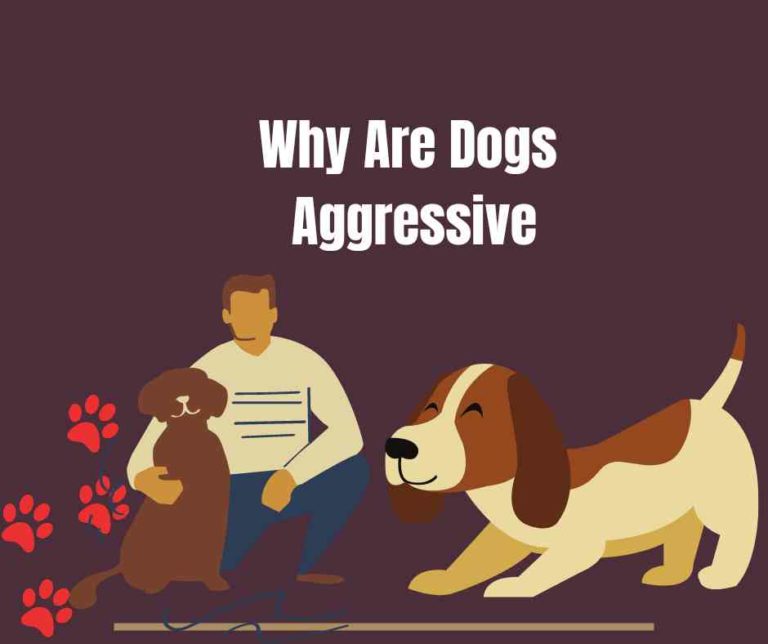

![Dog Keeps Running Away [Helpful Tips] Dog Keeps Running Away](https://petcreeks.com/wp-content/uploads/2023/02/Dog-Keeps-Running-Away-768x555.jpg)
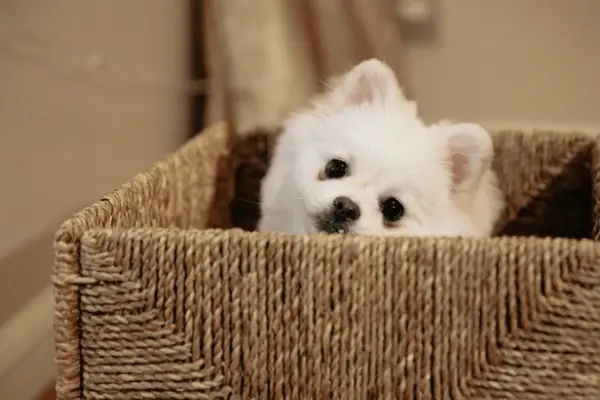
![Great Pyrenees Separation Anxiety [Explained] Great Pyrenees Separation Anxiety](https://petcreeks.com/wp-content/uploads/2023/04/Great-Pyrenees-Separation-Anxiety-768x555.jpg)
